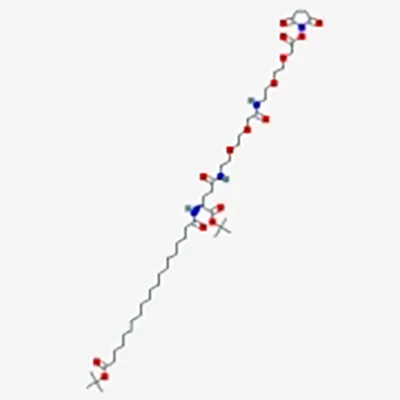
Amino Acids & Derivatives for Peptide Synthesis
tBuO-C₂₀-γ-Glu(AEEA-AEEA-OSu)-OtBu
tBuO-C₂₀-γ-Glu(AEEA-AEEA-OSu)-OtBu is a high-purity intermediate used in the synthesis of Tirzepatide. It appears as a white powder with a molecular formula of C₄₉H₈₆N₄O₁₅ and a molecular weight of 971.2 g/mol. With a minimum purity of 99%, this compound is suitable for building complex peptide structures in advanced pharmaceutical applications. It is supplied in 25 kg fibre drums and should be stored sealed, in a cool and dry environment.
- CAS No.: 1118767-17-1
- Molecular Formula: C₄₉H₈₆N₄O₁₅
- Purity: 99% min

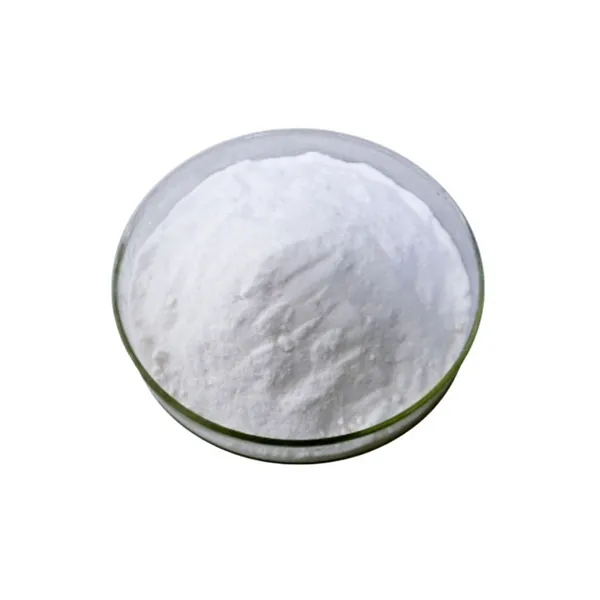
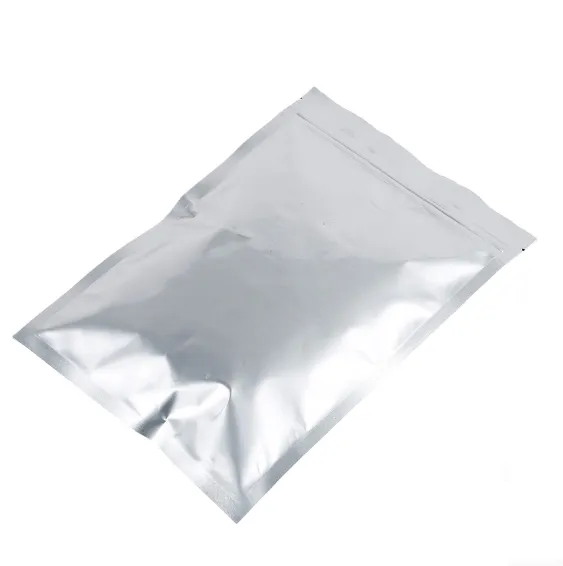

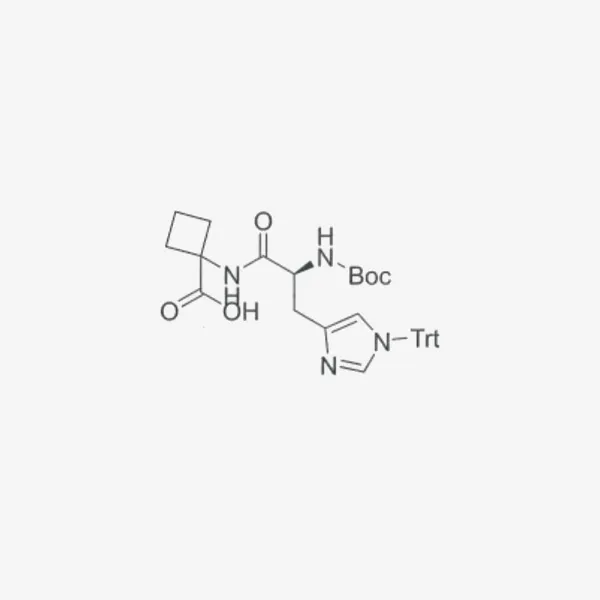
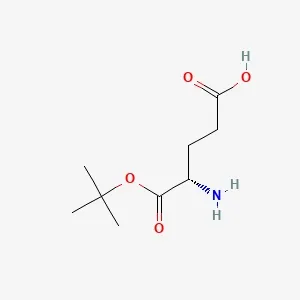
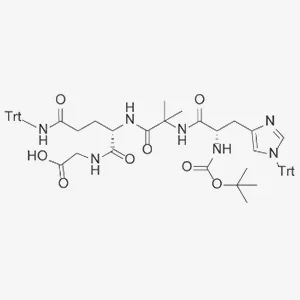
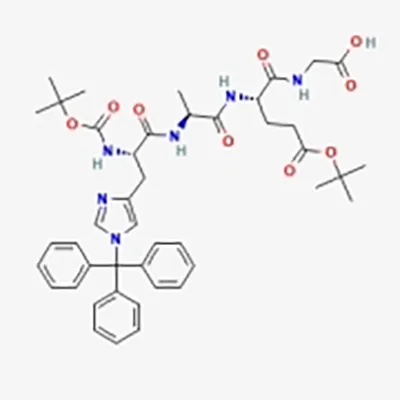
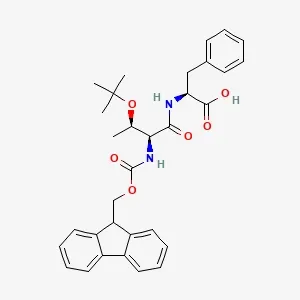
![Fmoc-Gly-Ser[PSI(Me,Me)pro]-OH](products/2-4-8-fmoc-gly-ser-psi-me-me-pro-oh_01.webp)
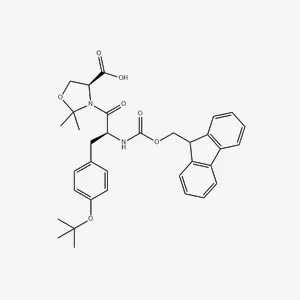
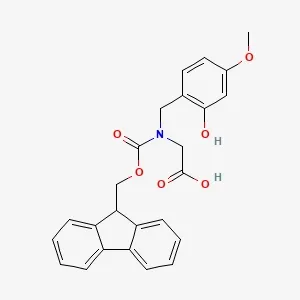
![Fmoc-Ser(tBu)-Ser[Psi(Me,Me)Pro]-OH](products/2-4-11-fmoc-ser-tbu-ser-psi-me-me-pro-oh_01.webp)
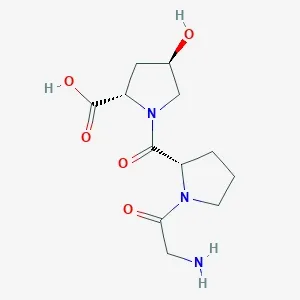
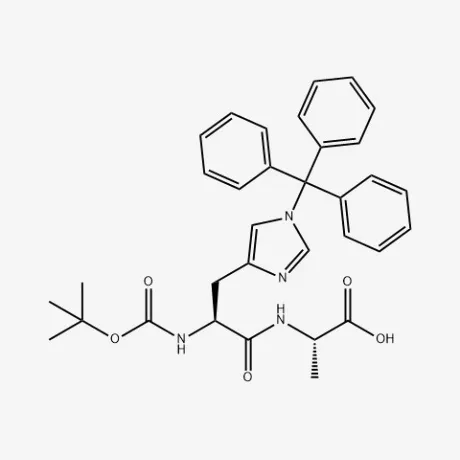
![Fmoc-L-Lys[C₂₀-OtBu-γ-Glu(OtBu)-AEEA]-OH](products/2-4-1-fmoc-l-lys-C20-otbu-glu-otbu-aeea-oh_01.webp)
![Fmoc-Lys[γ-Glu(OtBu)-C₁₈-OtBu)]-OH](products/2-4-2-fmoc-lys-glu-otbu-c18-otbu-oh_01.webp)



